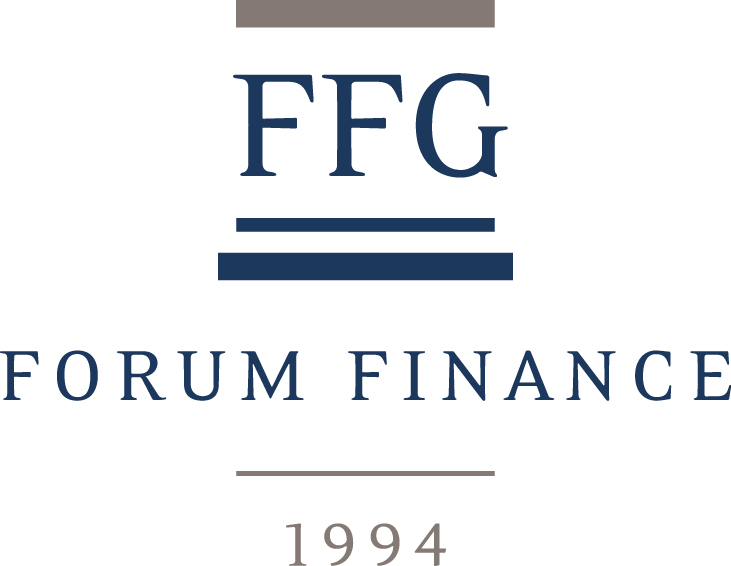Newsletter | June 2022
GLOBAL EQUITIES REBOUND AMID EXTEMELY DEPRESSED MARKET SENTIMENT
$600 bn THE EXPECTED LEVEL OF EQUITY BUYBACKS IN THE FIRST HALF OF 2022
Investment perspective
May was an archetypal month of two halves for most asset classes. Global equities extended their early-year decline initially before staging a spectacular rebound. This helped the main indices to record flat monthly performances, even if growth and small cap indices were not able to make up all of their early-month losses. The yields of US Treasuries continued to rise fast until May 6 when they began to climb down from a peak level of 3.2% to end the month at 2.84%. It took longer for credit spreads to start contracting but, then again, the movement was swift, for US high yield bonds in particular. The US dollar ended May on a much weaker note after reaching a multi-year high. The trend that continued to be persistent was the appreciation of the prices of most commodities. With the EU’s agreement of new sanctions against Russia in the form of a partial oil embargo, oil prices climbed by close to 10% in May; low expectations for any further increase of OPEC production and the anticipation of a recovery in demand in China also contributed to this rise.
The high level of uncertainty on many issues continues to weigh on markets and on market sentiment. This has led certain well-followed indicators such as the Fear & Greed Index and the AAII Bull/Bear Index to drop to extremely negative readings. From a contrarian viewpoint, such depressed levels often precede equity rebounds and this proved to effectively be the case in May. Amidst all the doom and gloom hovering over the markets, the corporate sector appears to be a brighter spot. This has been reflected by the significant insider buying of shares by companies’ directors as well as an increase of equity buybacks from record levels observed the previous years. US business sentiment remains optimistic regarding demand even if supply chain and pricing issues remain the biggest concerns.
Investment strategy
Some of the latest market movements could be signalling that markets have already priced in a lot of negative news and maybe become too bearish. When looking at historical average stock drawdowns for US equities, the current trough has gone beyond the average non-recession selloff, according to JPMorgan’s quant team. When compared to the average selloffs during recessions, the current drawdown represents around 75% of prior recession bottoms. Were a recession to be avoided, the current market positioning might well prove to be overly defensive. This is reflected by the near record premium of US defensive sectors versus cyclicals. Rather than adopting such a lopsided defensive position, our allocation to equities continues to be well diversified across investment styles, regions, sectors, and market caps.
The past month saw a pause in the rise of US bond yields as well as a decline from peak expectations relative to the end-2022 implied Fed Fund rate. Were these expectations to be anchored around the current levels, this could provide some support for markets.
MARKETS REMAIN VOLATILE AS RECESSION RISKS AND HIGH INFLATION DOMINATE INVESTORS’ MINDS
Portfolio Activity/ News
May was a negative month for the portfolios. Even if many global equity indices recorded flat monthly performances, several of our growth-orientated strategies finished in negative territory. Japanese equities, the multi-thematic fund, US small caps and equities of frontier markets were amongst the portfolios’ main detractors. Positive contributions were provided by the European and US Value funds, Chinese equities, the L/S equity strategy, as well as the global technology fund. Most of the bond positions ended with limited losses as US rates started to stabilize and credit spreads contracted towards the end of May. For non-USD denominated portfolios, the US dollar exposure was a detractor in view of the decline of the US currency from its May multi-year high.
We recently attended an event where many fund managers presented their strategies. Whereas equity managers tended to remain unsure about the next move in equity markets, bond managers proved to be more optimistic. Following extensive spread widening, the consensus was that the market now offers decent opportunities in view of much higher carry and solid fundamentals. They also highlighted the fact that refinancing needs remain very low as most companies have taken advantage of record low yields the past years to boost their balance sheets.
Download the Newsletter
